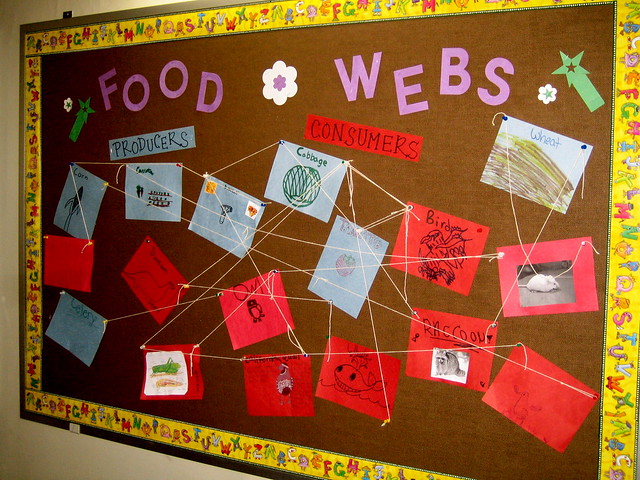Student engagement
By Mary Bigelow
Posted on 2012-05-31
 One of my principals shared a comment at a faculty meeting: School is where old people do most of the work while the young people sit back and watch. His point was to start a discussion of how (and why) to engage students actively and help them assume more responsibility for their own learning.
One of my principals shared a comment at a faculty meeting: School is where old people do most of the work while the young people sit back and watch. His point was to start a discussion of how (and why) to engage students actively and help them assume more responsibility for their own learning.
During some recent class visits, I saw the students excitedly talking about the end of the school year and the upcoming vacation. Meanwhile, the science teacher noted that she would be busy over the weekend preparing study guides for her students to prepare for the final exam. I assumed the teacher already understands the concepts, so I wondered why the students weren’t the ones preparing for the test? During each unit, if students created a guide related to the learning goals (e.g., a concept map, outline, questions, summary) in their notebooks or in an electronic portfolio, by the end of the course they would have their own documents for review. The teacher could certainly guide a review, but the students would already have the material in their own words and style.
I visited another classroom that was full of student-generated materials. For example, rather than teacher-printed cards on the word wall, students had made them and included a drawing with each word. They weren’t as neat or uniform as entries created by a teacher, but the students had input into the process. The classroom had many other student-created posters, rather than commercially prepared ones. During the lessons, the teacher refers to these to illustrate or explain concepts.
Teachers spend a lot of time on bulletin boards, but most of these showcase the teacher’s creativity, not the students’ work. One of my colleagues started the school year with blank bulletin boards. During each unit, students contributed to them—vocabulary cards, reports, news and current events, photographs, maps, drawings, etc.
In conversations with students, one thing that they said they really disliked was copying notes verbatim from the board or projector screen. Notetaking is a lifelong skill, so we’re doing students a favor when we help them learn how to take their own notes and then use the information in other contexts. In my own classes, however, I found that students needed modeling, guided practice, and feedback to develop notetaking skills.
I’ve been following and learning more about the “flipped classroom” and how teachers are creating videos for their students. This isn’t a new thing–I grew up watching Mr. Wizard on television as he demonstrated and explained science phenomena (an ancestor of Bill Nye). In his videos, children were part of the story. They asked questions and assisted in the demonstrations. Many videos that I’ve reviewed for SciLinks are lectures by talking heads or narrated PowerPoints. I wonder if students would be more interested if other students were in the videos with the teacher—or what if students created the videos with the guidance of the teacher?
Speaking of students creating media, I recently came across The Fireside Book Chat, a library of podcasts of 5-minute book reviews by high school students. In the one I randomly selected, the student admitted he had not finished the book yet. Rather than berate the student, the teacher asked about what he had read so far and they discussed predictions about the rest of the book.
Students demonstrating their learning by creating materials to help other students learn is a win-win experience for all.
Photograph: http://www.flickr.com/photos/kissyface/2287122313/
Disclaimer: The views expressed in this blog post are those of the author(s) and do not necessarily reflect the official position of the National Science Teaching Association (NSTA).


